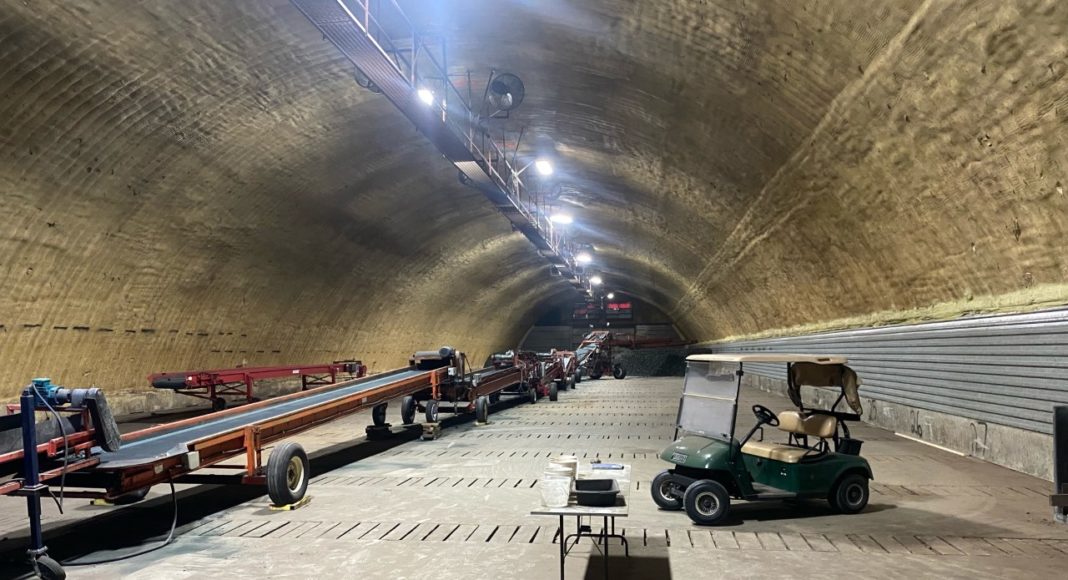You get exactly one chance to start your crop well. Whether what emerges is a perfectly placed, highly productive potato plantstand or an inconsistently spaced, struggling, inefficient crop depends on your seed quality and how it’s handled at cutting.
Size matters at potato planting time. If your pieces are oversize, they’ll drop out of the planter cup, often knocking out the piece in the lower cup as well, resulting in two skips. If your pieces are too small, cups will catch multiple pieces, planting doubles and triples. If the seed cutter is calibrated incorrectly or moving too fast, tubers often won’t correctly position perpendicular to the knives, resulting in slabs that can fall out of planter cups and jam the conveyor system. Each individual tuber lot dictates the size of seed cut and total number of cuts per tuber. A well-cut lot will have 70 per cent or more pieces in the 1.5 to 3 ounce size, with each piece featuring as few cuts as possible to minimize disease entry.
Seed size isn’t just about planting accuracy — a correctly sized seed piece with the right number of eyes is critical to ensure each plant grows the desired number of stems to optimize yield.
Farmers interested in gaining the most possible control over cutting’s timing and end results are increasingly purchasing their own seed cutters. Done right, cutting on-farm allows multiple benefits. It allows the wound to suberize in a controlled setting prior to planting, better protecting the seed from diseases including soft rot and fusarium dry rot (especially important if seed will be planted into cool, wet soil). Pre-cutting also allows an operation to begin cutting early, and makes for drier, easier flowing seed at planting.
To successfully heal wounds after pre-cutting, suberize at 50 F and 90 per cent relative humidity. In all cases, seed should be treated with a treatment targeted to whatever pathogen(s) are most likely to be challenges that year.
Very frequent seed cutter calibration and sanitation is vital: plan for a minimum of daily and between each and every lot.
The final component in well-cut and well-handled seed is the actual planting process. To minimize the risk of seed piece decay, plan for quick seed emergence. Plant when soil conditions are warm (>45 F); 50 to 55 F is even better. During planting, ensure the seed is the same temperature or warmer than the soil temperature: planting cold seed into warmer soil will result in condensation on the seed piece, which can also lead to seed piece decay. For quick emergence in cool and wet field conditions, plant into six to eight inches of mellow seedbed, placing the seed at or slightly above field level at a depth of three to four inches from the top of the hill.











